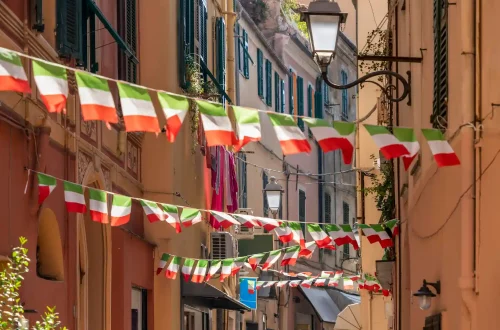The “soggiorno permesso” (residence permit) is a fundamental step for many individuals aspiring to obtain Italian citizenship. This permit allows them to legally reside in Italy and lays the groundwork for their citizenship application. Understanding the various types of residence permits and their specific requirements is very important for a smooth transition to Italian citizenship.
Types of residence permits relevant to citizenship
Several types of residence permits are particularly relevant for those seeking Italian citizenship:
- Residence permit for citizenship acquisition: for individuals awaiting the processing of their citizenship application by the italian government.
- Residence permit for study and training: for foreigners pursuing academic education in italy, allowing part-time work.
- Residence permit for family reasons: for reuniting with family members living in italy.
- Residence permit for seasonal work: for those working in italy for a predetermined period (20 to 270 days).
- Residence permit for self-employment: for individuals starting a business or providing services independently in italy.
- Residence permit for religious reasons: for those staying in italy for religious activities for more than three months.
- Residence permit for scientific research: for foreigners enrolled in doctoral programs and selected for research in italy.
Each permit has its own criteria and benefits, making it important to choose the one that best fits your situation.
Take advantage of specialized assistance to secure your passport for a borderless future.
Process of applying for the soggiorno permesso
Applying for a “soggiorno permesso” involves several steps:
- Identify the specific type of permit: needed based on your purpose of stay.
- Collect necessary documents: such as a valid passport, proof of financial stability, health insurance, and proof of accommodation.
- Dubmit application: obtain and complete the application kit from the post office, then submit it along with the required documents.
- Attend the appointment at the questura: provide biometric data and any additional information requested.
- Wait for processing: track the status of your application using the provided tracking number.
- Receive your residence permit: collect your permit from the questura once approved.
- Prove ties to italy: demonstrate strong ties to italy, such as continuous residence, employment, or family connections.
Required Documentation
The essential documents for a “soggiorno permesso” application include:
- Valid passport: must be valid for at least three months beyond the intended stay.
- Application form: complete the appropriate form for your permit type.
- Passport-sized photos: recent photos meeting italian visa requirements.
- Proof of financial stability: evidence of sufficient financial resources.
- Health insurance: proof of valid health insurance coverage.
- Proof of accommodation: documentation of where you will stay in italy.
- Specific documents based on permit type: additional documents related to your permit type.
- Criminal record certificate: if required, a certificate of good conduct.
- Proof of payment of application fees: receipt of paid application fees.
- Additional documents: any other required documents based on your situation.
Continuous residence in italy
- Importance of continuous residence: demonstrates commitment to living in italy and integrating into society.
- Required length of stay: typically, 10 years of continuous residence for naturalization, with shorter periods for certain categories.
- Proof of continuous residence: evidence such as registration with the local municipality, rental agreements, utility bills, and employment records.
- Maintaining legal status: keep your residence permit valid and renew it as required.
- Impact of absences: short absences are allowed, but extended periods away can disrupt continuous residence status.
- Integration into italian society: engaging with the community and learning the language supports your citizenship application.
Renewal and maintenance of the soggiorno permesso
Maintaining the validity of your residence permit is essential:
- Renewal process: apply for renewal at least 60 days before expiration, gather necessary documents, and submit the application.
- Appointment at the questura: attend the appointment with your receipt and original documents.
- Maintaining legal status: ensure continuous residence and compliance with local laws.
- Monitoring expiry dates: keep track of expiry dates and start the renewal process in advance.
- Legal assistance: seek help from legal experts if needed.
- Impact on citizenship application: maintaining a valid permit is crucial for your citizenship application.
Rights and benefits during the process
Residence permit holders enjoy several rights and benefits while awaiting citizenship:
- Tight to work: permit holders can work in italy.
- Access to healthcare: access to the italian national health service.
- Education: right to attend schools and enroll in educational programs.
- Social services: eligibility for various social services and benefits.
- Freedom of movement: travel within the schengen area for short stays.
- Legal protections: entitlement to legal protections under italian law.
- Cultural integration: participation in cultural and community activities.
Conclusion
Following the correct procedures for obtaining and maintaining a “soggiorno permesso” is essential for a smooth transition to Italian citizenship. Ensuring continuous residence, renewing permits on time, and understanding the rights and benefits available during the process can significantly enhance your experience in Italy. By adhering to these guidelines, you can avoid legal complications and pave the way for a successful citizenship application, ultimately becoming a fully integrated member of Italian society.
Take advantage of specialized assistance to secure your passport for a borderless future.






